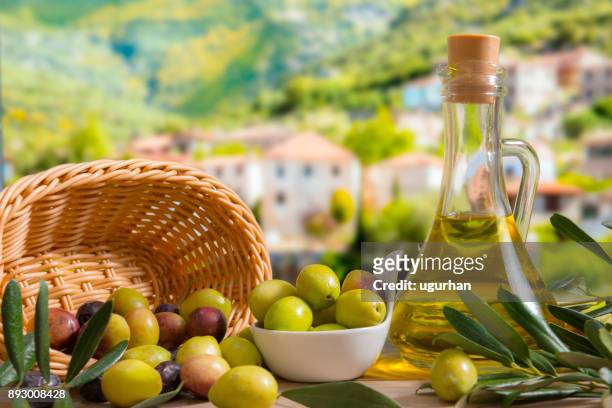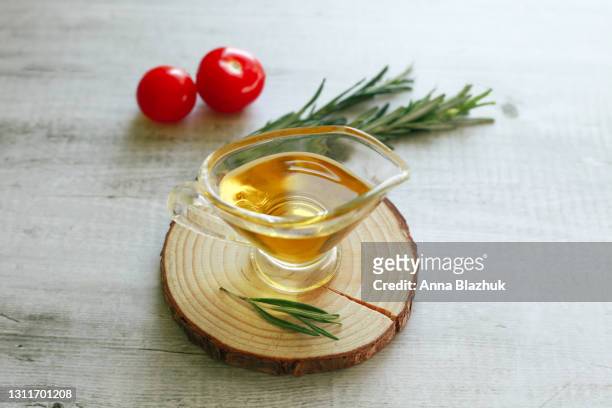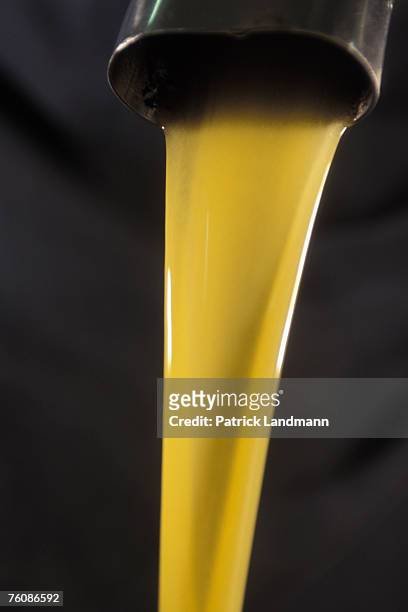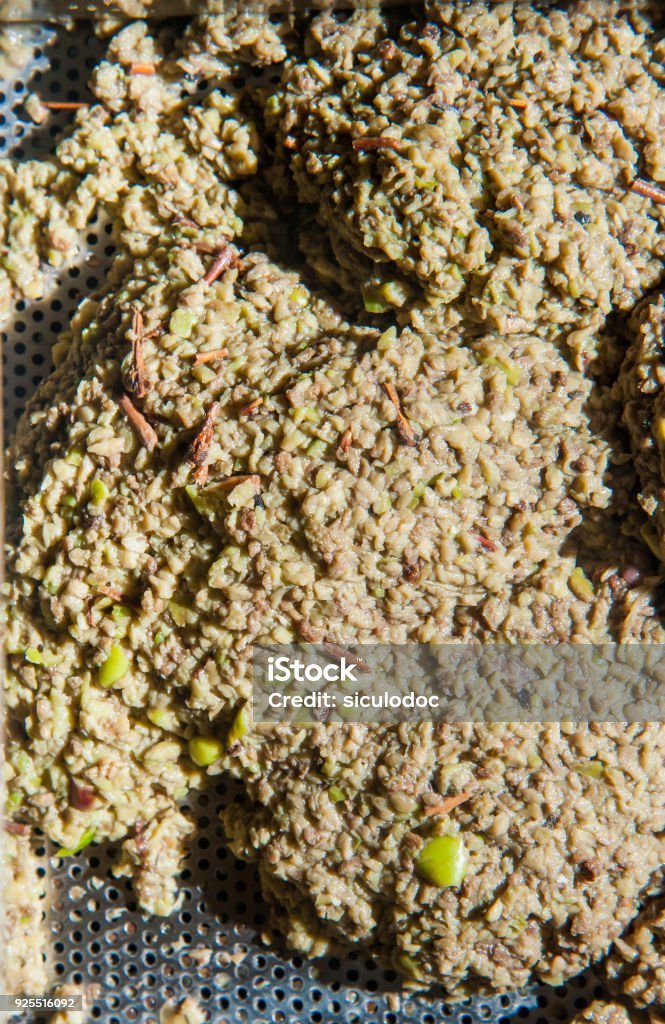Introduction
In the world of skincare, there’s a timeless favorite – extra virgin olive oil, often called “liquid gold.” Its reputation has endured for ages, making it a cherished secret for those seeking healthier skin. Join us as we explore how extra virgin olive oil is a skincare marvel above all other types of olive oils.

Olives and leaves on the table in the garden.
1. Extra Virgin Olive Oil (EVOO): The Gold Standard for Skincare
EVOO is derived from the first pressing of olives, which means it has the highest quality: golden color, superior taste, irreproachable fragrance; only perfectly ripe olives are hand-picked.

Extra Virgin olive oil used for A’Imselene
Characterized by low oleic acidity, typically below 0.8%, it is a result of a precise extraction process. Think about EVOO like carefully squeezing perfectly ripe organic oranges, at home, and adding some ice for emphasis. Just how refreshing?
This antioxidant-rich oil is a natural choice for enhancing and nourishing your skin, and is the constituent of your A’Imselene Olive Moisture Care Body Wash.

Lampante Olive oil
2. Virgin Olive Oil (VOO): A Close Contender
VOO is also derived from the first pressing of olives but may have slightly higher acidity levels (between 0.8% to 2.0%) and may not match the perfection and status of EVOO. The flavour is milder. The aroma is less robust. Let’s just say it’s a lousy EVOO.
3. Lampante Virgin Olive Oil (LVOO): Not the Virgin olive oil you want
LVOO is generally unfit for human consumption or for use as a skincare remedy. If you couldn’t tell, this type of olive oil has high acidity levels above 2.0%. Again, the flavour and aroma are less pleasant. At best, this cloudy, darker type can be used in industries and in oil “lamps,” or they can be further refined.
4. Raw Pomace Olive Oil: Chemically extracted
With Raw Pomace Olive Oil, chemical solvents and heat are used to extract traces of olive oil in the leftover pulp and skins of olives. This extraction process affects the flavour and quality of this oil, and thus needs to be refined.

Olive Oil pomace after the separation from wastewater and oil
5. Refined Olive Oil: Versatile but Less Nutrient-Rich
Excuse me to say that this type of olive oil has lost all virginity. It is the result of refining Lampante Virgin Olive Oil. Hence, it lacks the distinct flavours and aromas associated with high-quality olive oils like EVOO. It is often suitable for cooking, frying and baking at high temperatures.
6. Refined Pomace Olive Oil: When you settle for less
This inexpensive olive oil comes with a neutral flavor. As the name suggests, Refined Pomace is what you get after raw pomace oil (taken from leftover olive pulps, skins, pits) has been sent to the refinery.
7. Olive Oil: Balancing Act
Olive Oil is often labeled with either a ‘Pure’ or a ‘Regular’ modifier. It is a blend of refined olive oil and a percentage of EVOO or VOO. Thus, making it “a mid” type of olive oil. This budget friendly choice is good for everyday cooking.
8. Pomace Olive Oil: Yet another Balancing Act
When you blend VOO or EVOO with Refined Pomace Olive Oil, you get Pomace Olive oil. It is similar in quality to Olive Oil, and not so ideal in the skincare department. The percentage of VOO or EVOO may vary from 10% to 20%.

Chemical extraction of olive
Conclusion
EVOO in A’Imselene Moisture Care Body Wash has a reputation as a time-tested beauty elixir, captivating generations with its promise of healthier, hydrated, silky, more luminous skin.


Olive Moisture Care Body Wash, No Size!!!
Wow
I have been surfing on-line more than 3 hours nowadays,
yet I by no means found any attention-grabbing
article like yours. It’s lovely price sufficient for me.
In my view, if all website owners and bloggers made excellent content as you probably
did, the web will be much more useful than ever before.